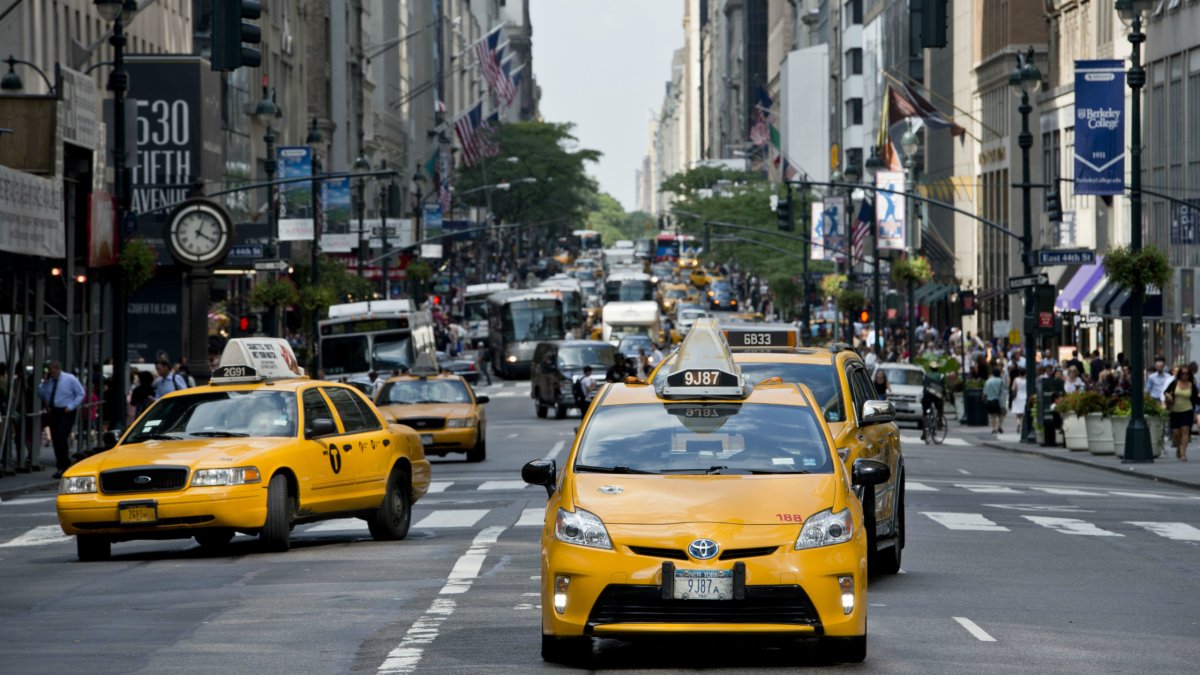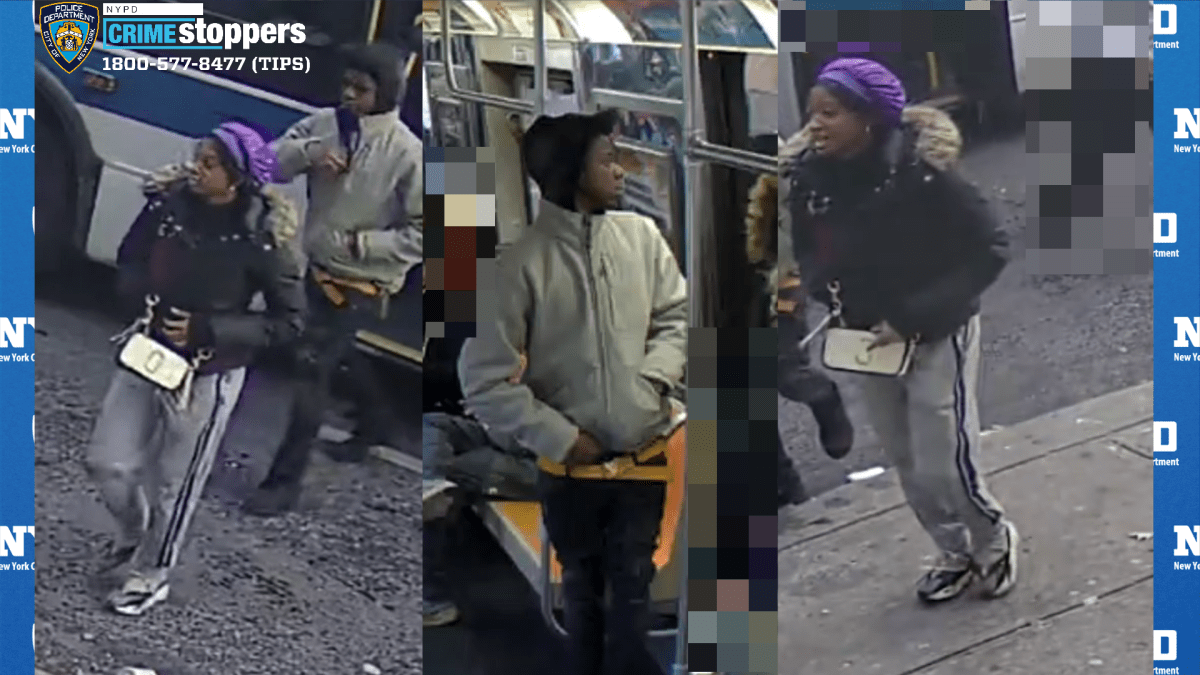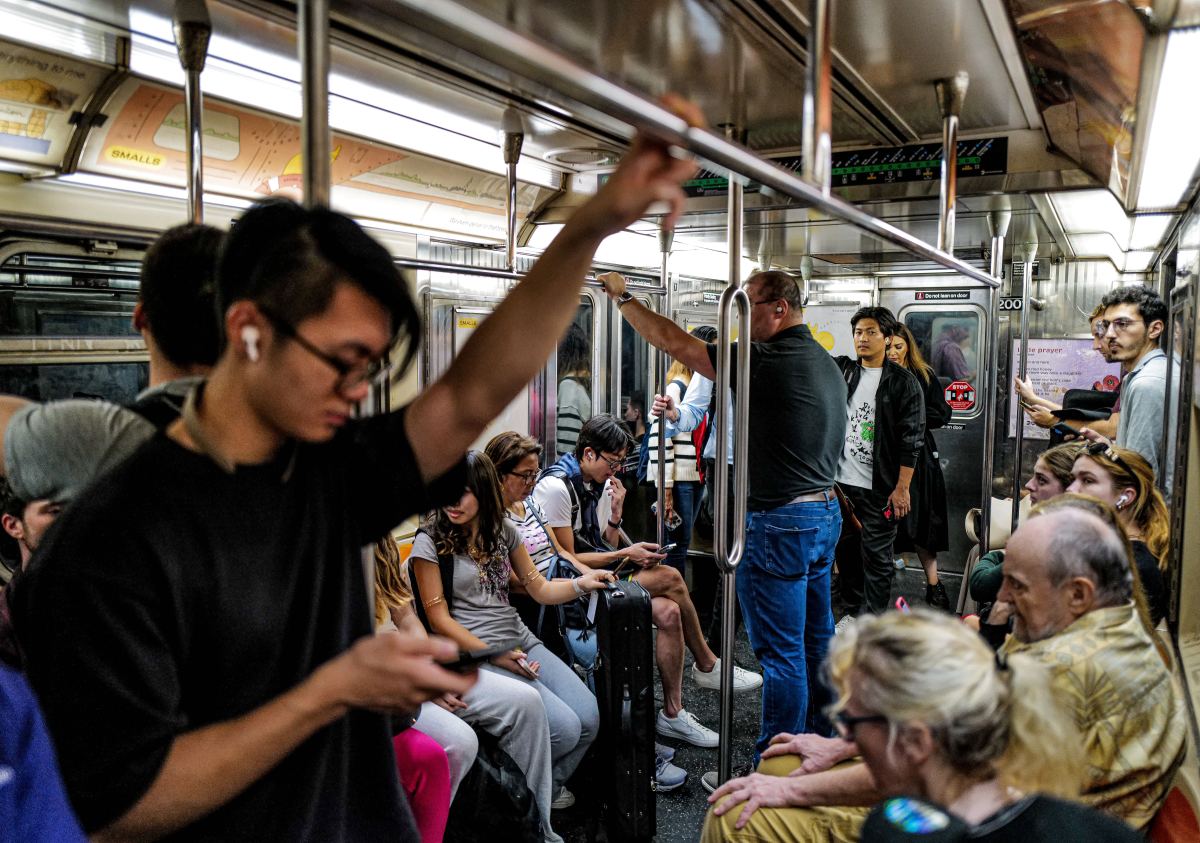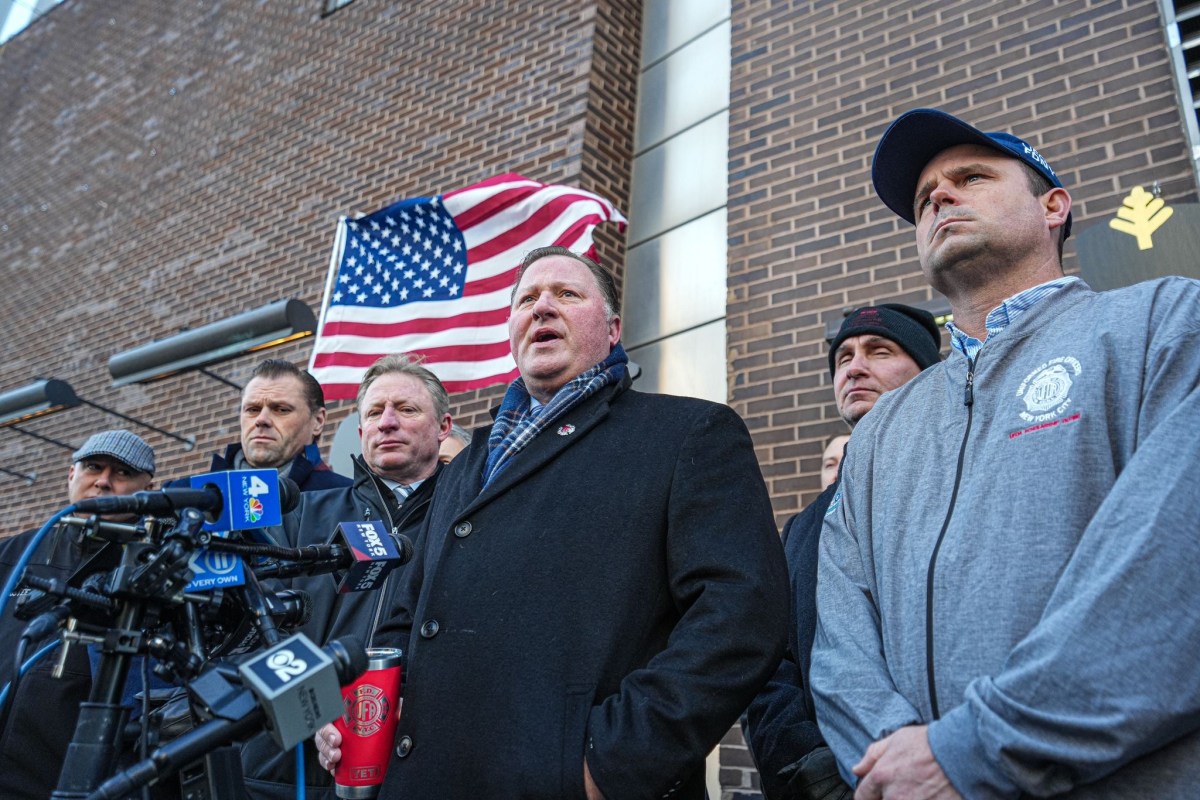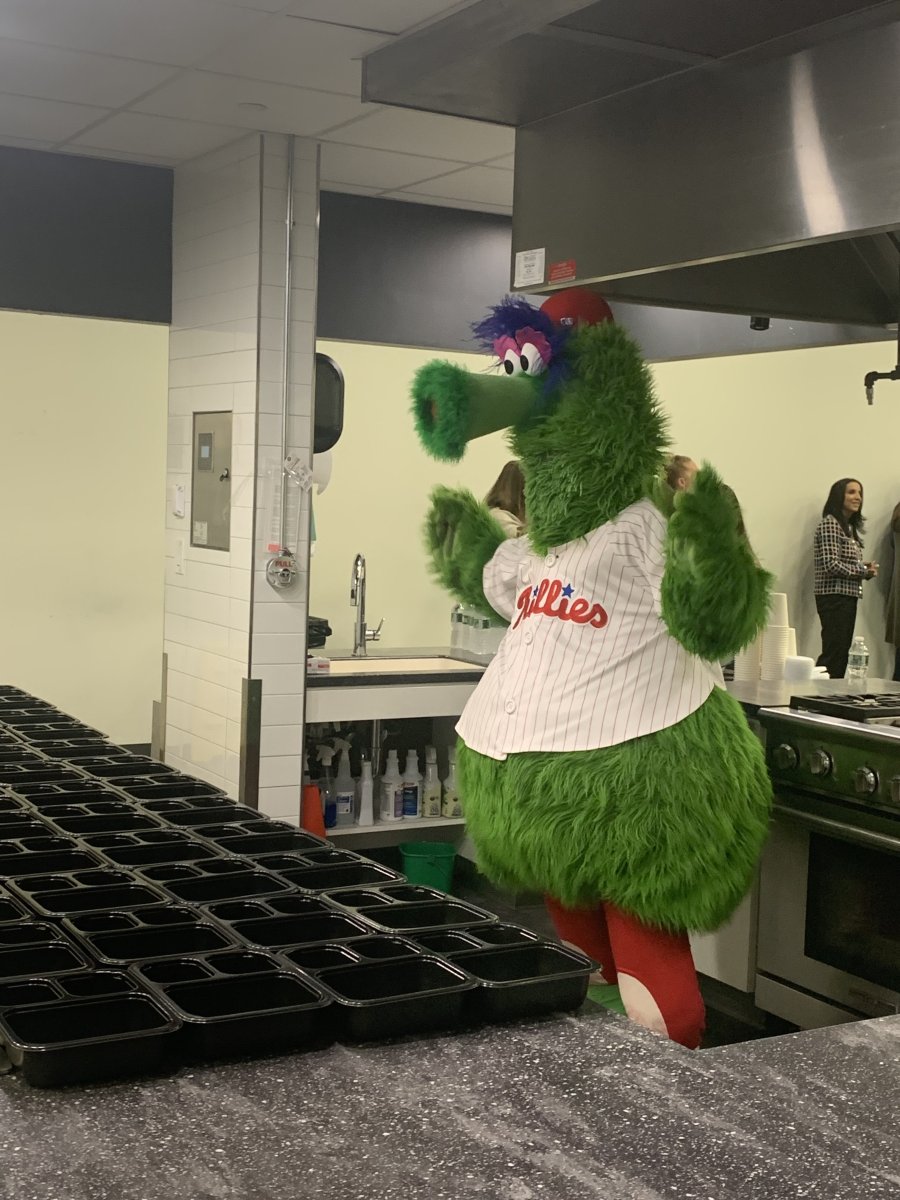NYC cab drivers are experiencing a financial and existential crisis as a direct result of digital disruptors known as ride-hailing apps including Uber and Lyft.
More for-hire drivers, fewer customers, and plunging values of expensive medallions are being blamed for eight suicides of taxi drivers/owners within the past year.
“I constantly feel that I need to drive more to be able to support my family and I barely sleep anymore,” Manu Singha, a yellow cab driver, told Metro. “It’s exhausting and depressing,” he added.
“We don’t care about competition, it’s about survival,” said Rasim, who began driving for Uber after leasing a yellow cab for six years. “When you work 17 hours and go home with $50, it’s not good,”
Compared to Lyft, Uber is the most successful and dominated ride-hailing app in New York City with 400,000 rides a day, which is 40 percent more than Lyft, according to The Times.
In the rise of the ride-hailing apps, the price of a taxi medallion has dropped dramatically. Taxi medallions that once were sold for more than $1 million now go for as low as $100,000.
Singha explains that he was planning to retire at the age of 60 and lease his medallion to another driver but now when the price has dropped on the medallions, he needs to change his plan.
“I’m turning 60 next year and I won’t have enough money to retire, I will just have to keep driving until I can’t take it anymore, unless things changes,” Singha said.
In August this year, the New York City Council voted to approve a legalization that would cap the number of for-hire vehicles like Uber that are allowed on the streets.
A regulation that some critics calls “too little, too late” and despite the caps, ride-hailing apps like Uber is still on the rise and the most used taxi service in New York City.
Singha hasn’t experienced any positive changes since the new caps regulations and believes more needs to be done.
“Uber has brought so many cars that they’re taking all of our customers, I keep driving around for insanely long hours, without getting a single customer,” Singha said.
NYTWA Executive Director Bhairavi Desai strongly agrees that more needs to be done and believes that with a lot of effort, the crisis can be fixed.
"Banks and lenders need to work with the city and philanthropy to write off 20 percent of outstanding debts, lower interest rates, and restructure contracts so that no owner-driver has to lose more than 20 percent of their monthly income to the mortgage,” he said in a public statement.
Discount for yellow cab costumers in outer boroughs

Uber has successfully put its focus on the city’s outer boroughs, where frustration over subway overcrowding and delays and fewer taxi options have made it the ride of choice for many. As a result, Uber is booming in the outer boroughs, with half of all Uber rides now starting outside Manhattan.
In a try to be more competitive with Uber and to make the situation better for the yellow-cab drivers, the yellow taxis will now offer outer borough commuters a 50 percent discount during morning and evening rush hour commutes to Manhattan.
The Taxi and Limousine Commission approved the discount last week and It’s being offered through Waave, a smartphone app that the TLC approved as a part of a two-year pilot program, giving passengers the ability to request rides and get upfront pricing.
"We need to create a better quality of life for both New Yorkers and taxi drivers,” Daniel Iger, Waave's CEO, said in a statement.
The new offer is hoping to increase the number of yellow cabs in New York City’s outer boroughs and reduce the number of passenger-less taxis on the road during rush hours.
“Yellow cab drivers need to support each other and transform our shared struggle into hope and strength while waiting for a change,” Singha said.

